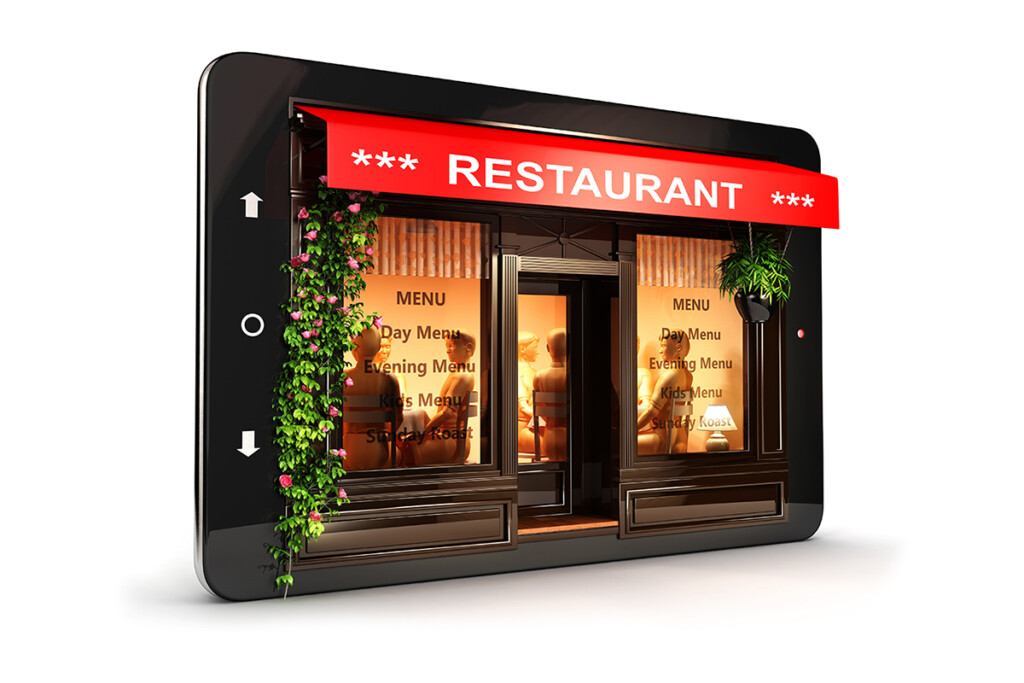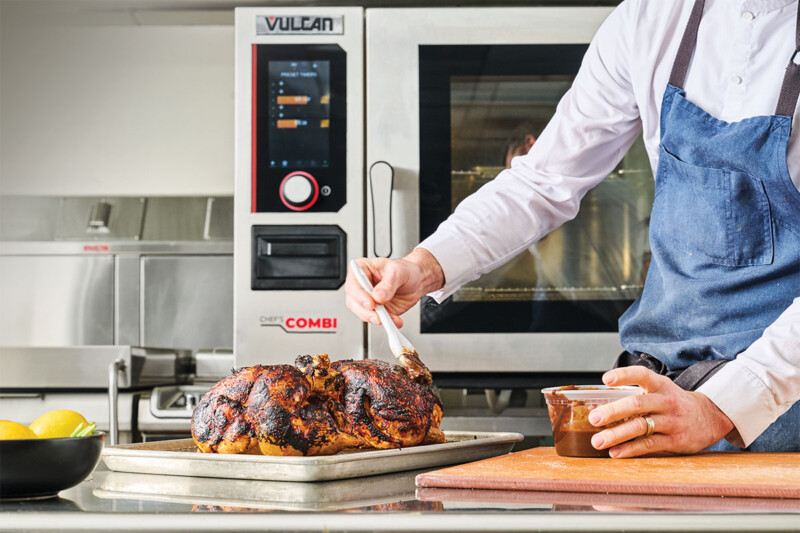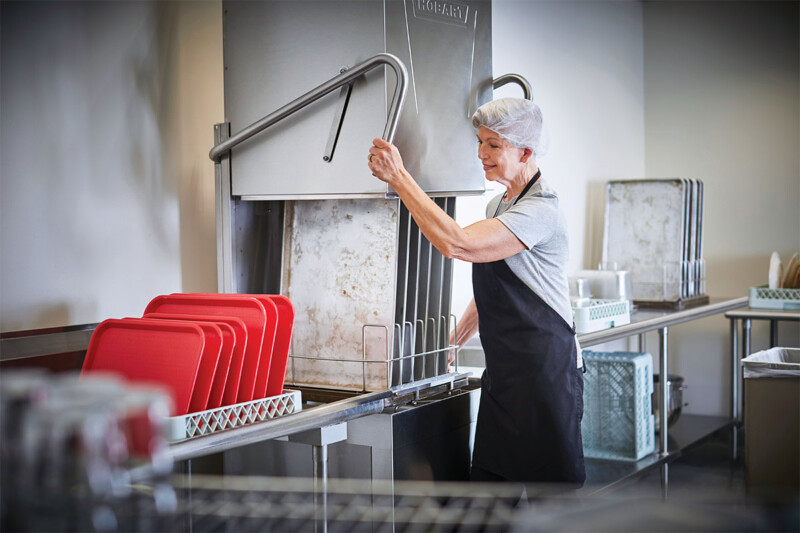SPONSORED CONTENT

The day-to-day operations of restaurants and other foodservice institutions look different these days. Notions of closed dining rooms, PPE for staff or physically distancing weren’t on their radars a year ago.
In light of the urgent and difficult challenges they’re facing, these operations — and channel members that serve them — have had to pivot more this year than probably any in their history. We’ve seen remarkable innovation around the industry, including the honorees in the Foodservice Equipment Reports 2020 Innovators program.
When so much is at stake, why turn to innovation? For some, it’s survival; for others, it’s an opportunity to differentiate their offerings and build community. For all, it’s rooted in the desire to meet the needs of their customers and help the industry navigate the ever-changing situation.
Here are 5 data-supported reasons innovation matters during the COVID-19 pandemic and in the recovery period yet to come.
- Operators are still menu planning.
Datassential’s One Table operator report indicates that most operators are ready to talk about new products or will be in the near future. And as they think about new products, they still see trends as an important factor. Of those operators surveyed, 27% believe it is more important to stay up on the latest trends post-COVID-19 and 55% see it as equally important to keep up.
Operators are looking for equipment and supplies innovations that can help them address these trends and are looking to manufacturers and distributors.
- Kitchens are changing.
Delivery and carryout were already on the rise when the pandemic hit and show no signs of slowing down anytime soon. To keep up with demand, kitchens need to accommodate more off-premise orders, and for many this could mean using ghost kitchens.
In a Washington Post article, Michael Schaefer, global lead for food and beverage at market research firm Euromonitor International, spoke to the current ghost kitchen landscape. He said there are about 7,500 ghost kitchens in China producing for delivery only, 3,500 in India, 1,500 in the United States and 750 in the U.K. But that’s only the beginning — he says ghost kitchens could create a $1 trillion global market by 2030.
- Many operations are looking for labor-saving solutions.
With labor concerns top of mind, convenience and automation are of interest to back-of-house managers.
To that end, the One Table operator report asked operators the following question: “After COVID-19 restrictions are lifted, do you think you’ll need more convenience-focused products to help simplify prep or accommodate reduced labor?”
Responses found that 38% of operators said they will need more convenience-focused products. This number was even higher for on-site operators (51%).
Automation in the kitchen is also an area of focus. Automation may scale faster to offset higher labor costs and to address a shortage of workers who may not return to foodservice, according to Datassential’s Road to Recovery.
- Investing in research and innovation gives insights into customer preferences.
In an August Datassential survey, nearly four out of five consumers indicated that they were “craving something new.”
By investing in research and innovation, operators can understand how these consumer preferences are shifting and the impact on their business. Channel members can also use this information to align their product development and service offerings with the needs of the operations they support.
- Innovation by manufacturers supports operations.
Feedback from operators in the Road to Recovery and One Table operator reports uncovered a number of ways distributors and manufacturers can support operators during recovery, including:
- Offer sanitation solutions and training
- Support product innovation with an increased focus on prepared foods and flexible ingredients
- Develop versatile equipment that helps with kitchen efficiency
- Create versatile products that will allow them to scale back the items in their pantry and realign their menu
- Provide insights and product development support to manage current restrictions and develop recovery tactics for the near and long-term
These recommendations provide tangible assistance to operations and strengthen your role as a valuable partner.
Innovation is critical — especially when navigating the current foodservice landscape. Parts Town sponsored the 2020 Innovators program to recognize best ideas in foodservice from around the foodservice equipment and supplies industry, including commercial and noncommercial operators, consultants, dealers, manufacturers’ reps and service agents.
We’ll be talking more about innovation with the award winners to learn more about their approach to innovation and the positive impact their investment has had on their business. Check out our blog and see what’s happening on Facebook, LinkedIn and Twitter to follow along with the series
RELATED CONTENT
- Advertisement -
- Advertisement -
- Advertisement -
- Advertisement -
TRENDING NOW
- Advertisement -
- Advertisement -


